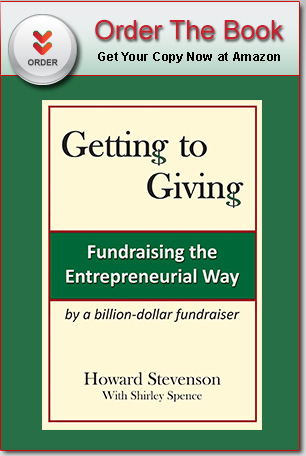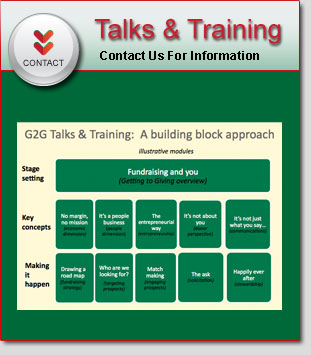I’ve been reading a lot about reputational risk these days. Is that something we need to worry about, as a nonprofit board?
The recent Volkswagen meltdown is a chilling corporate example of Buffet’s warning. It also illustrates this oft-heard advice: “Better to be proactive than reactive.” (Or, as the Chinese proverb goes, “Build the well before you are thirsty.”)
Nonprofits are not immune. Remember the Lance Armstrong debacle? (Livestrong has survived the doping scandal but not without scars.) Some people argue that the stakes are even higher for nonprofits, as organizations whose mission it is to “do good” and whose coffers rely on donor trust.
Some nonprofits have started to build full-fledged risk management systems similar to those used in the private sector, where boards are charged with oversight. That may be overkill for some organizations, but every board should be thinking about and monitoring reputational risk.
“What kinds of risk do we face?” is a good place to start. The answer will vary depending on the organization but, in general, you’re only as good as your total performance, and the risks of failure are embedded in a host of day-to-day interactions and transactions with a variety of stakeholders.
Donors usually appear at or near the top of the worry list, when it comes to nonprofit reputational risk. You have convinced them (or are trying to convince them) that you are worthy of their trust and their hard earned dollars. What can go wrong? A few examples:
- Misuse of funds. Theft and fraud are obvious no- no’s. But failure to use funds for their intended purpose also is a risk; the Red Cross came under fire for not using a substantial portion of Hurricane Sandy donations for immediate relief.
- Poor accounting. It may be an innocent mistake due to a lack of proper sign offs or an inexperienced employee. Or not; some United Way branches were accused of misreporting contributions and expenses to make themselves look more successful.
- Unethical donors. My favorite example is the father who asked whether a large gift would get his son into HBS. When it emerged that the son was 12 years old, I said “Sure. But I won’t be around or tell anyone about this conversation.” He got it. (And we didn’t get the gift.)
- Unfortunate partnerships. Cause-related marketing has run rampant but you have to be careful that your partners are appropriate and must rely on them to keep their reputational noses clean. Ditto for corporate sponsorships.
You get the idea. It’s a discussion worth having with your nonprofit’s management team.
What levers can you use, to manage reputational risks? Disciplined control systems are important, but a culture that values ethical behavior and professionalism in dealings with all stakeholders is as if not more important. And it starts with board members, as role models and stewards.
All that said, a colleague of mine pointed out (actually, he wrote a whole book about it) that crisis is not a question of if, but when. In other words, &%$#@ happens. It doesn’t have to be the make or break moment of your organizational life, however, if you follow these ten commandments of damage control:
- Full disclosure
- Speak to your core audience
- Don’t feed the fire
- Details matter
- Hold your head high
- Be straight about what you know, what you don’t know, and what you are going to do to fix the problem
- Respond with overwhelming force
- First in, first out
- No swiftboating
- They dissemble, you destroy
You can learn more about all that in Masters of Disaster: The Ten Commandments of Damage Control by Christopher Lehane, Mark Fabiani and Bill Guttentag.



